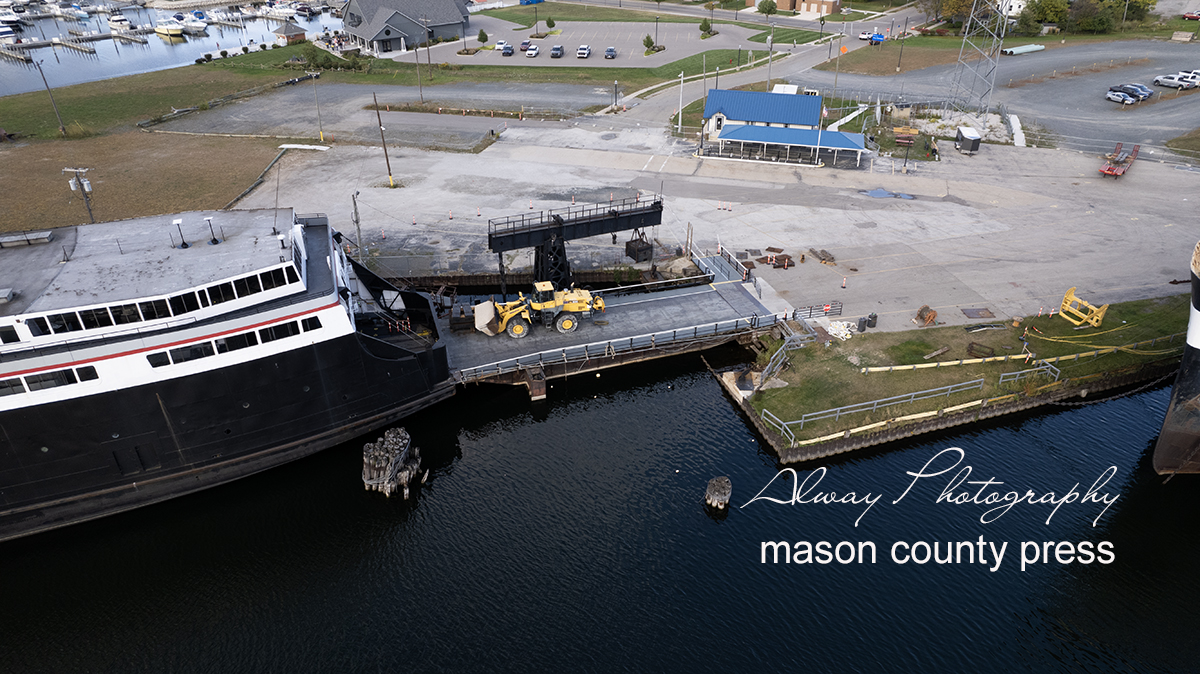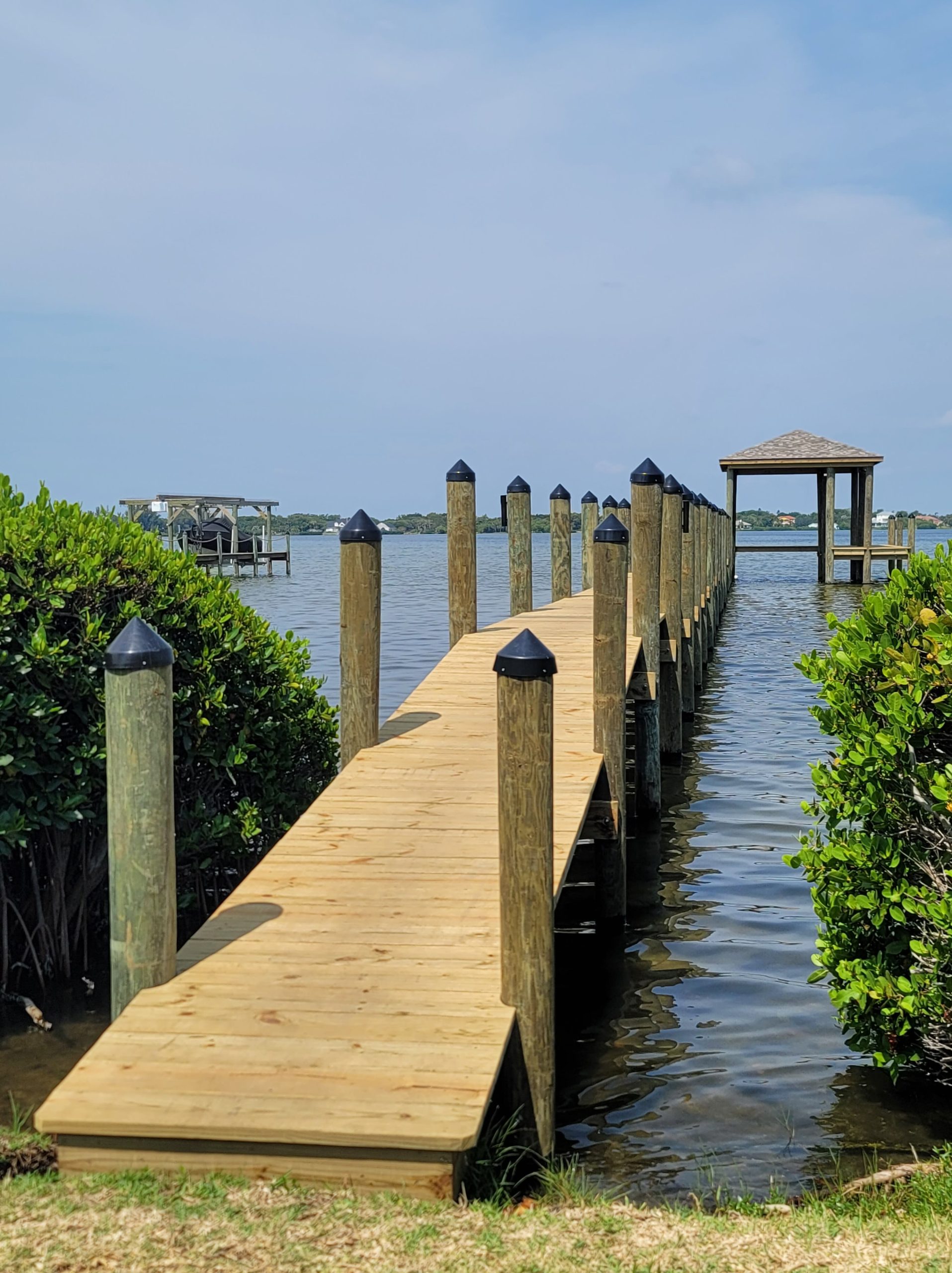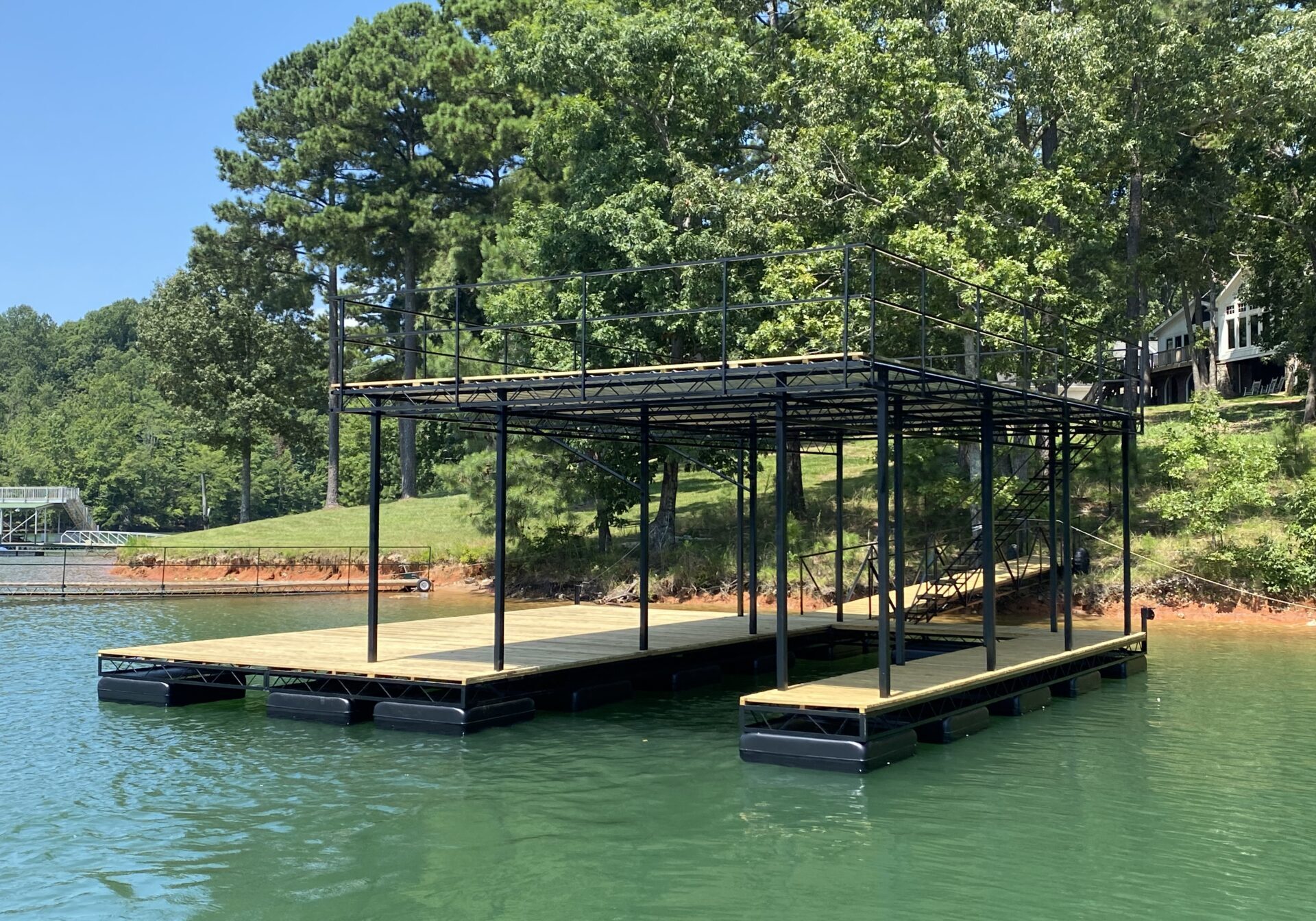Expert Insights on Resilient Dock Repairs Solutions
Expert Insights on Resilient Dock Repairs Solutions
Blog Article
How to Address Common Dock Repair Work Issues for Safe Water Tasks

Identifying Common Dock Issues
Determining common dock problems is vital for keeping the functionality and security of your waterside building. Routine assessments can aid uncover problems prior to they come to be severe, making sure both the longevity of the dock and the security of those that utilize it. One prevalent issue is loose or rusty bolts. Over time, screws, screws, and other fasteners can end up being loosened as a result of constant direct exposure to water and weather elements, resulting in architectural instability.
An additional usual problem is the destruction of flotation tools. These tools are essential for maintaining the dock resilient, and any kind of damage or slits can create the dock to listing or sink. Consistently looking for leaks or water logged drifts can preempt much more substantial problems.
Furthermore, algae and barnacle build-up on the dock's surface area can create dangerous and unsafe conditions. This biofouling not only positions a danger to users but can additionally speed up the damage of the dock materials.
Last but not least, checking for indications of rust on metal elements is necessary. Corrosion can jeopardize the stability of the dock's structure, making it dangerous. By regularly recognizing these usual dock issues, you can make sure that your dock continues to be functional and secure for years to find.
Repairing Rotting Wood
When resolving the issue of rotting wood on your dock, it is imperative to act quickly to stop further damage. Begin by completely examining the whole structure to determine all affected locations. Make use of a screwdriver to penetrate the timber; if it sinks in conveniently, the wood is likely decomposed and requires immediate focus.
As soon as recognized, eliminate the deteriorated sections using a saw or chisel. Be certain to reduce to healthy and balanced, strong wood, guaranteeing you remove all endangered material. After elimination, deal with the remaining wood with a wood preservative to prevent future rot. This treatment will assist safeguard versus wetness, which is the key source of wood decay.
Following, change the gotten rid of areas with marine-grade lumber or pressure-treated wood, which are more immune to water damage. Secure the new items with stainless-steel or galvanized bolts to stop deterioration. Furthermore, using a water resistant sealer to the new wood can give an extra layer of defense.
Safeguarding Loosened Boards
Exactly how do you ensure your dock remains useful and safe for all its individuals? One vital facet is securing loose boards, which can otherwise posture considerable risks. Loosened boards not only boost the danger of tripping yet can also jeopardize the structural stability of the entire dock.

For reinstallation, make use of galvanized or stainless steel screws, as these products provide remarkable resistance to rust in marine environments. Make certain the screws are long enough to penetrate deep right into the underlying assistance framework, however not so long that they stick out through the dock's surface. Pre-drilling pilot holes can aid protect against the wood from splitting.
Lastly, preserve a routine evaluation routine to identify and attend to any type of new problems immediately. By safeguarding loose boards properly, you add to the general security and long life of your dock, making it a reputable system for water activities.
Supporting Unsteady Pilings
Making sure the security of unsteady pilings is paramount to preserving a practical and safe dock. Unsteady pilings can compromise the entire structure, posturing substantial risks to individuals and potentially bring about expensive repairs. The primary step in supporting these important elements is a thorough evaluation. Examine the pilings for signs of rot, damage, or shifting. Utilize a degree to examine for upright positioning and ensure they are driven deep enough into the substratum to offer appropriate assistance.
If the pilings are located to be unsteady, one effective approach for support is making use of extra supporting. Cross-bracing with treated lumber or galvanized metal visit this site can substantially improve security. Anchor the braces securely to both the pilings and the dock frame to distribute lots equally.

Normal upkeep and routine review of the pilings' security are critical to ensuring long-term dock safety and security and functionality.
Replacing Rusty Hardware
Attending to unstable pilings is just click site one facet of keeping a dock's stability; one more important concern is replacing rustic equipment. Gradually, exposure to moisture and salt can bring about the oxidation and corrosion of braces, screws, and screws, endangering the entire framework's safety and security. Normal examination for corrosion is crucial, particularly after severe weather or seasonal modifications.
When rustic hardware is identified, instant activity is needed. Begin by choosing marine-grade stainless steel or galvanized equipment, both created to stand up to the extreme marine setting. Ensure that you have the suitable tools, such as screwdrivers and wrenches, to securely get rid of the old, corroded pieces without causing additional damage to the dock.
After removing the rustic hardware, extensively tidy the influenced areas to get rid of any recurring corrosion or particles. Use a rust-inhibiting guide to exposed steel surface areas prior to mounting the brand-new hardware. Tighten all fixtures firmly to avoid future helping to loosen, and regularly examine the fittings to ensure recurring security.
Replacing rusty hardware not only prolongs the dock's life expectancy yet also considerably enhances the safety and security of water activities. By proactively managing corrosion, you safeguard both the structure and its customers, making sure a protected and pleasurable waterfront experience.
Verdict
Regular inspections and maintenance are necessary to resolve usual dock repair service concerns and make sure safe water tasks. By determining and remedying problems such as deteriorating wood, loosened boards, unsteady pilings, and rusty equipment, structural stability and long life can be considerably improved. The application of ideal treatments and marine-grade materials even more strengthens the dock against ecological stressors. Such positive procedures contribute to the total safety and security and functionality of dock frameworks, fostering a safe atmosphere for water-based tasks.
Guaranteeing the safety of water activities hinges substantially on the proper upkeep and fixing of docks (Dock Repairs). These gadgets are essential for keeping the dock resilient, and any type of damages or leaks can create the dock to list or sink. By regularly identifying these Read Full Report usual dock issues, you can make sure that your dock stays secure and functional for years to come
Ensuring the security of unsteady pilings is paramount to keeping a risk-free and useful dock.Routine inspections and maintenance are important to resolve usual dock repair issues and make sure safe water tasks.
Report this page